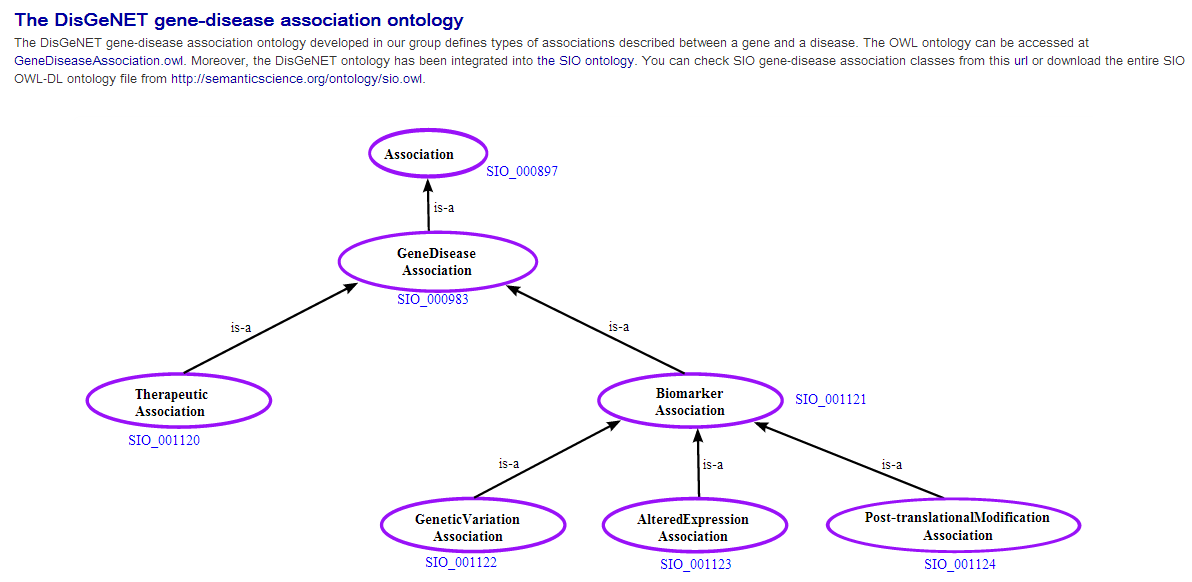Modeling hierarchies for relationships
Benny Kneissl
Hi,
as far as I know the smartest way to store hierarchies for node entities is to use the new label feature. Lets's suppose an entity is of type B where B is a subclass of A. Then the node is labeled by both A and B, right?
But what about hierarchies for relationships? Should several relationships be stored between two entities to model hierarchies for relationships? Should the type of the relationship differ or is it more meaningful to have the same type but different properties?
A possible example is that "isDaughterOf", "isSonOf" are subtypes of "isChildOf" when modeling a family tree. Or from biology when having a BiochemicalReaction you might want to model "isParticipantOf", "isEductOf", "isProductOf".
In this simple hierarchy I think it is sufficient when asking for all children to traverse both relationship types, but the hierarchy might become more complex and then, it is likely that you forget one relationship type in Cypher ( (x)-[r:IS_DAUGHTER_OF | IS_SON_OF]->(y) ). If you use only one type ((x)-[r:IS_CHILD_OF]->(y)) you have to add a property daughter / son to ask only for daughter/son. So what is a good way (performance, complexity in formulating a query) to do it in Neo4j? Adding more relationships, or adding more properties?
Currently I don't know what are the advantages for the different approaches, in particular, with respect to formulate queries afterwards.
Thank you for some ideas you have in mind,
Benny
Lundin
Benny Kneissl
Benny Kneissl
Michael Hunger
--
You received this message because you are subscribed to the Google Groups "Neo4j" group.
To unsubscribe from this group and stop receiving emails from it, send an email to neo4j+un...@googlegroups.com.
For more options, visit https://groups.google.com/d/optout.

